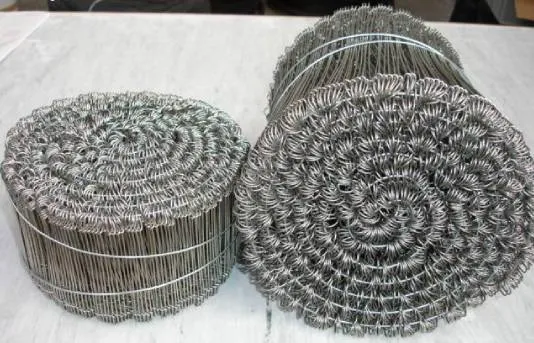-
 Phone:
Phone: -
 Email:
Email:

Rockfall Netting Installation - Expert Solutions for Landslide Protection
Rockfall Netting Installation A Comprehensive Guide
Rockfalls are a significant hazard in many mountainous and hilly regions, posing threats to both infrastructure and human safety. To mitigate these risks, rockfall netting has emerged as an effective solution. This article provides an overview of rockfall netting installation, highlighting its importance, steps involved, and maintenance considerations.
Understanding Rockfall Netting
Rockfall netting is a protective measure designed to capture and contain falling rocks. It consists of high-tensile steel cables and mesh materials that are strategically anchored to the slope. The primary objective of rockfall netting is to prevent rocks from reaching roads, buildings, and populated areas, thereby minimizing accidents and property damage.
Importance of Installation
Proper installation of rockfall netting is crucial. If not installed correctly, the netting may not effectively contain falling rocks, leading to potential hazards. The netting must be able to withstand dynamic loads imposed by falling rocks and environmental factors such as wind and rain. Additionally, well-installed netting can extend the life of the protective system, reducing the need for frequent repairs or replacements.
Steps for Installation
1. Site Assessment Before installation, a thorough site assessment is essential. This involves geological surveys to identify slope conditions, rock types, and potential fall paths. Understanding these elements will help in determining the most appropriate type of netting and anchors.
2. Design Planning Based on the assessment, engineers design a tailored rockfall netting system. This includes selecting the type and size of the netting, anchor points, and installation methods. The design must comply with local regulations and safety standards.
rockfall netting installation

3. Clearing the Area The installation site must be cleared of loose debris and vegetation that could interfere with the installation. This step enhances safety and ensures a stable foundation for the netting.
4. Anchor Installation Anchors are crucial for securing the netting to the slope. These anchors must be installed at specified intervals, depending on the slope's steepness and rockfall potential. Proper anchoring techniques must be followed to ensure reliability.
5. Netting Installation Once anchors are in place, the netting is attached. This requires careful handling to avoid damage and ensure that the netting is taut. It is important to follow manufacturer guidelines for tensioning and securing the mesh.
6. Final Inspection After installation, a thorough inspection should be conducted to verify that the netting is correctly installed and that all components are secure. Any necessary adjustments should be made at this stage.
Maintenance Considerations
Regular maintenance is vital for the longevity of rockfall netting systems. Inspections should be scheduled at least annually or after severe weather events. Key maintenance tasks include checking for signs of wear, ensuring that anchors are secure, and replacing damaged netting sections promptly.
Conclusion
Rockfall netting installation is a complex but essential process aimed at protecting lives and property from the dangers of falling rocks. Through careful planning, precise installation, and regular maintenance, these systems can effectively mitigate rockfall risks, providing peace of mind to communities situated near hazardous slopes.
-
Wire Mesh for Every Need: A Practical SolutionNewsJul.25,2025
-
Steel Fences: Durable, Secure, and Stylish OptionsNewsJul.25,2025
-
Roll Top Fencing: A Smart Solution for Safety and SecurityNewsJul.25,2025
-
Cattle Farm Fencing Solutions for Maximum SecurityNewsJul.25,2025
-
Affordable Iron Binding Wire SolutionsNewsJul.25,2025
-
Affordable Galvanized Wire SolutionsNewsJul.25,2025
-
Wire Hanger Recycling IdeasNewsJul.25,2025








